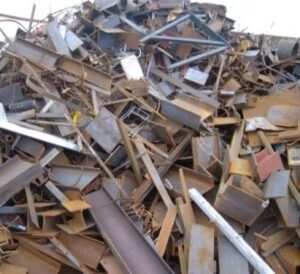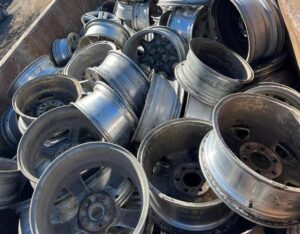Scrap Trading
We specialize in trading of all types of scrap (Solid scrap both Ferrous and Non-Ferrous)
Ferrous Scrap Recycling
Ferrous Scrap, which primarily consists of iron and steel scrap metal, comes from many products like automobiles and household appliances to industrial structures and equipment such as buildings, railroads, trains, bridges, ships, and farming equipment. Ferrous scrap is the largest recycled commodity in the world.
Non-Ferrous Scrap Recycling
Non-Ferrous Scrap primarily consists of Aluminum, copper, lead, nickel, tin, and zinc.
These metals have a variety of uses and retain their chemical properties even through repeated recycling and reprocessing. This quality makes nonferrous metals infinitely recyclable and important to maintaining sustainability in resource conservation.
Non-Ferrous scrap comes from a wide variety of consumer, commercial and industrial sources: everything from copper, metal circuitry in electronic devices, to soft-drink containers, automobile batteries and radiators, aluminum siding etc.
Ferrous Scrap Recycling advantages
Almost half of the world ferrous scrap comes from manufacturing processes from factories that manufacture goods and products made from iron and steel.
Recycled ferrous scrap produces steel and iron for various application in the building of infrastructure such as bridges and consumer products such as car parts.
The production of steel and iron from ferrous scrap utlized less natural resources and also has a huge impact on the carbon dioxide emissions.
Non-Ferrous Scrap Recycling advantages
Nonferrous scrap is usually consumed by smelters, refiners, ingot makers, foundries and other industrial consumers
These consumers rely on nonferrous scrap as a cost efficient, environmentally-friendly and energy-efficient source to make brand new products.
The production of fresh Aluminium from Non-ferrous scrap utlizes less natural resources and also has a huge impact on the carbon dioxide emissions.


